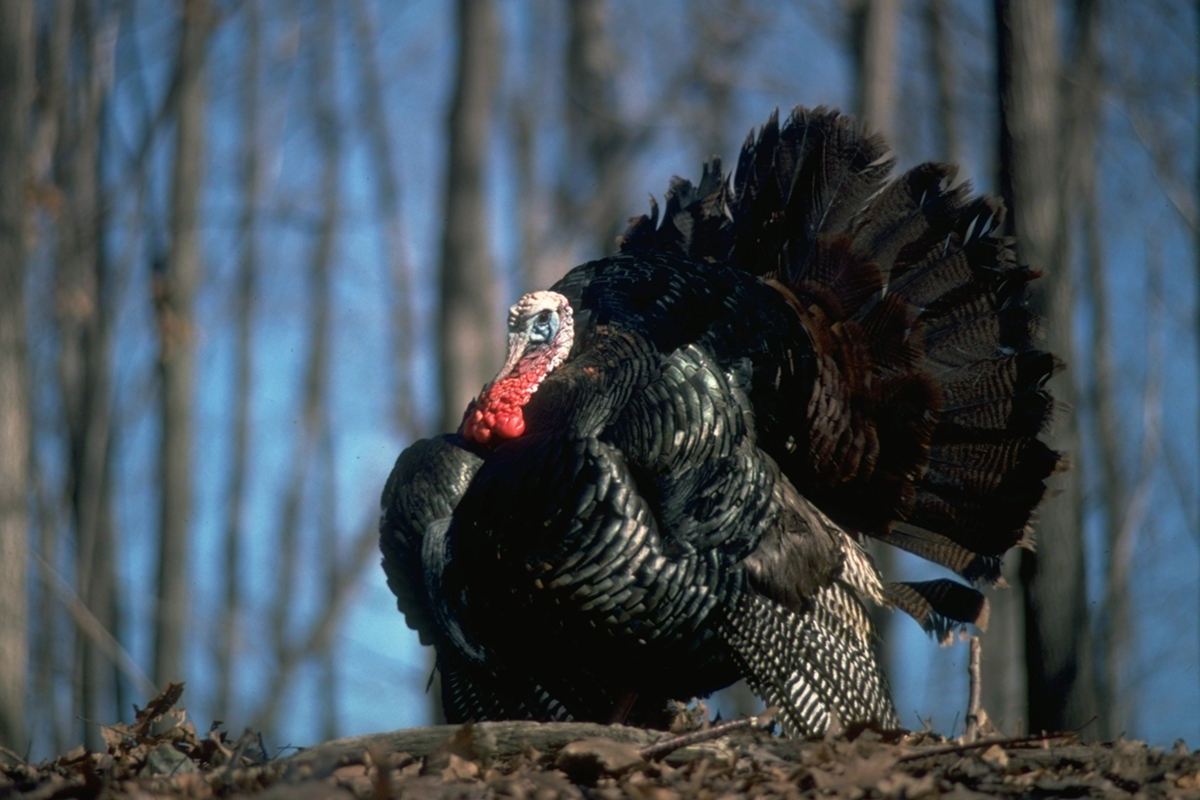Game Bird Brood Production Increased, But Levels Still Below Long-Term Mean
Average temperatures and above average precipitation during June through August resulted in varied weather impacts across the state for brood production. While Wisconsin's game birds showed increased brood production from the previous year, most areas were still below their long-term mean for brood production.
” brood production surveys for these species were conducted by href=”http://dnr.wi.gov/” target=”_blank” rel=”noopener”>DNR employees during the months of June, July and August as they went about their normal work duties,” said Brian Dhuey, DNR wildlife survey coordinator. “These data are still preliminary and may change,” he added, “But they can be used as an index to production and help in the forecast of fall hunting prospects.”
Temperatures during the spring brood-rearing period were average and precipitation was above normal for much of the summer brood rearing season. Although Wisconsin's winter had below normal snowfall and above average temperatures, the lack of heavy snow cover may have led to an early spring green up, early June weather is the most critical for turkey, pheasant and grouse broods as this is when recently-hatched chicks are most susceptible to hypothermia if they get wet. Most of the summer was wet, but didn't seem to negatively impact brood survival as drastically as it had in 2016.
Ruffed Grouse
Statewide, ruffed grouse broods seen per observer hour were up 18 percent compared to 2016, but still 44 percent below the long term mean. Ruffed Grouse production was up in two of the three regions that compose the primary range for ruffed grouse, central (13.7 percent), northern (16.5 percent), and southwestern (-38.0 percent) part of Wisconsin. Ruffed grouse brood size fell from 4.0 in 2016 to 3.6 young per brood in 2017.
Pheasant
The number of pheasant broods seen per observer-hour was up 8.8 percent in 2017 compared to last year. Pheasant broods per observer-hour while higher than last year, were 59.4 percent below their long-term mean. Pheasant brood production was a mixed bag with a large increase in the primary (82.4 percent) pheasant range but a decrease in the secondary (-52.3 percent) pheasant range from the 2016 levels. Pheasant brood size was unchanged, with an average of 4.7 young per brood in both 2016 and 2017.
Turkey
 “Wild turkeys also saw an increase in brood production, with a statewide increase of 47.8 percent in the number of broods seen per observer-hour over last year's level. Four of the five turkey regions saw increases, northeast (28.2 percent), northern (88.7 percent), southcentral (16.9 percent), and western (25.2 percent), only the southeast saw a decrease (-33.4 percent). The size of those broods did show a decrease though, from 4.5 in 2016 to 4.1 this summer,” said Dhuey.
“Wild turkeys also saw an increase in brood production, with a statewide increase of 47.8 percent in the number of broods seen per observer-hour over last year's level. Four of the five turkey regions saw increases, northeast (28.2 percent), northern (88.7 percent), southcentral (16.9 percent), and western (25.2 percent), only the southeast saw a decrease (-33.4 percent). The size of those broods did show a decrease though, from 4.5 in 2016 to 4.1 this summer,” said Dhuey.

